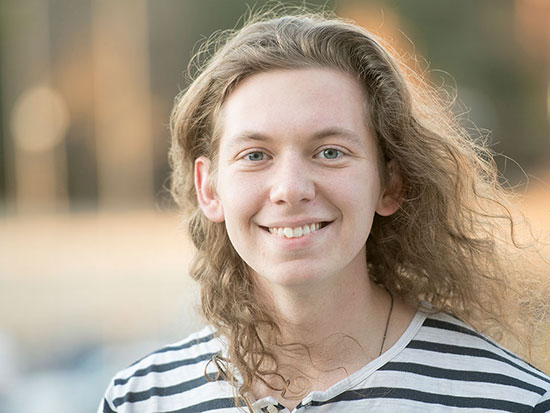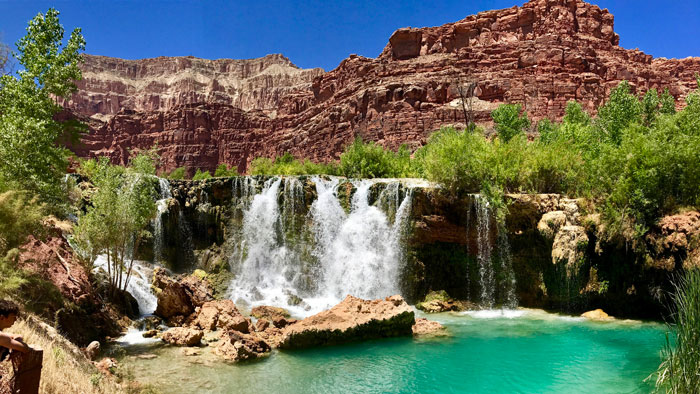Media contact: Alicia Rohan
 Kane AganCan’t we just get along?
Kane AganCan’t we just get along?
Even though violence seems like an ever-present part of life on Earth, that isn’t always the case, says Kane Agan, a senior majoring in public health. At the UAB Spring Expo, Agan will present his research on “peace systems,” which his mentor, Douglas Fry, Ph.D., defines as “clusters of neighboring societies that do not make war with one another.”
The current European Union is one example; so are the Upper Xingu River Basin system in Brazil and the Iroquois Confederacy in North America in the 16th to 18th centuries. See research from 600+ undergraduates at UAB Spring Expo
Working with Fry, chair of the College of Arts and Sciences Department of Anthropology, Agan is helping to analyze the common attributes of peace system cultures across the centuries and around the globe. Ethnographic accounts of these cultures vary, and the timing is crucial; the researchers seek out the earliest and most accurate data. “We try to parse out what was there before European or Western contact,” Agan explains.
 The Havasupai have lived peacefully in the Grand Canyon area for more than 800 years. "Their leaders came together and said.... 'We want to have better, more peaceful relationships,’" Agan says. "That was really inspiring."
The Havasupai have lived peacefully in the Grand Canyon area for more than 800 years. "Their leaders came together and said.... 'We want to have better, more peaceful relationships,’" Agan says. "That was really inspiring."
Common threads
In each case, certain attributes are analyzed, notes Agan. These include:
- over-arching social identity
- marriage or political ties
- shared values
- common ceremonies, rituals, myths, legends or artwork
- visionary leadership
Agan was particularly impressed with the Native American Havasupai culture, which has lived in the Grand Canyon region for more than 800 years. “There were six or seven neighboring societies that had various clusters of alliances but were all in some form of conflict,” Agan says. “Their leaders came together and said, ‘We’ve made peace with these other groups; we want to make peace with you, because we’re tired of killing each other, of not being able to seek shelter on each other’s land. We want to have better, more peaceful relationships.’ That was really inspiring.”
"What we’re learning... helps broaden our toolbox. It’s a process of experimentation, to say, ‘If this doesn’t work, what could?’”
Lessons for today
“To see leaders stepping up and saying, ‘Because of what we’ve seen in the past, and to secure better safety in the future, we want to make peace’ — I think that’s a really important message,” Agan says. “I wish we saw more of that today.”
After graduation, Agan plans to join the Peace Corps to work on environmental restoration projects. Ultimately, he would like to help lead the United Nations Environment Programme, to implement what he has learned and explore the interchange between healthy environments and peaceful behavior.
Although the lessons of the past can’t always be “translated word for word to modern society,” he says, “what we’re learning in terms of mechanisms and social attributes helps broaden our toolbox. It’s a process of experimentation, to say, ‘If this doesn’t work, what could?’”
The Peaceful Societies project, housed at UAB and led by anthropology chair Douglas Fry, Ph.D., and research associate Bruce Bonta, explores 25 contemporary people groups that manage to live with little to no interpersonal violence or warfare.
